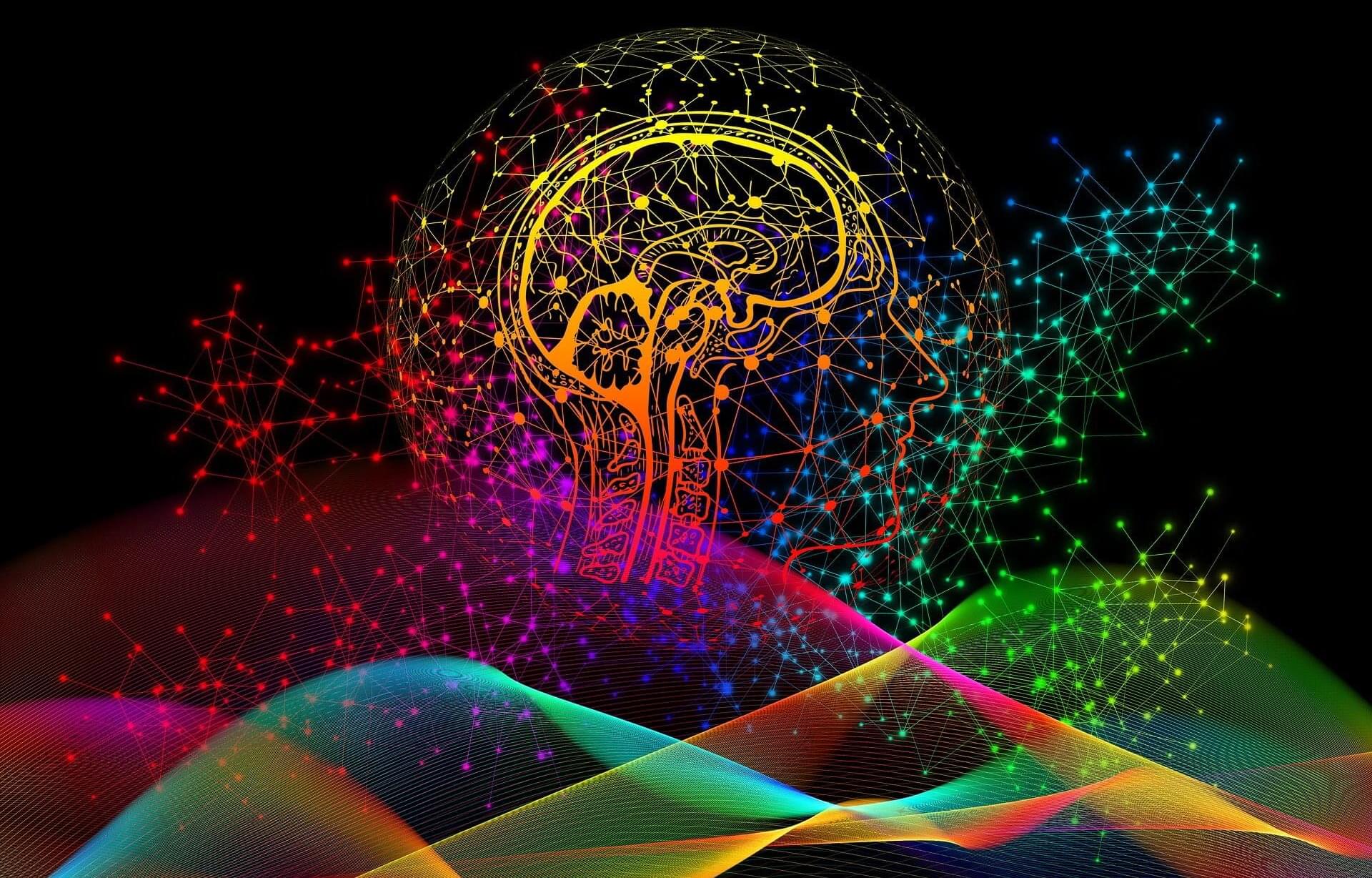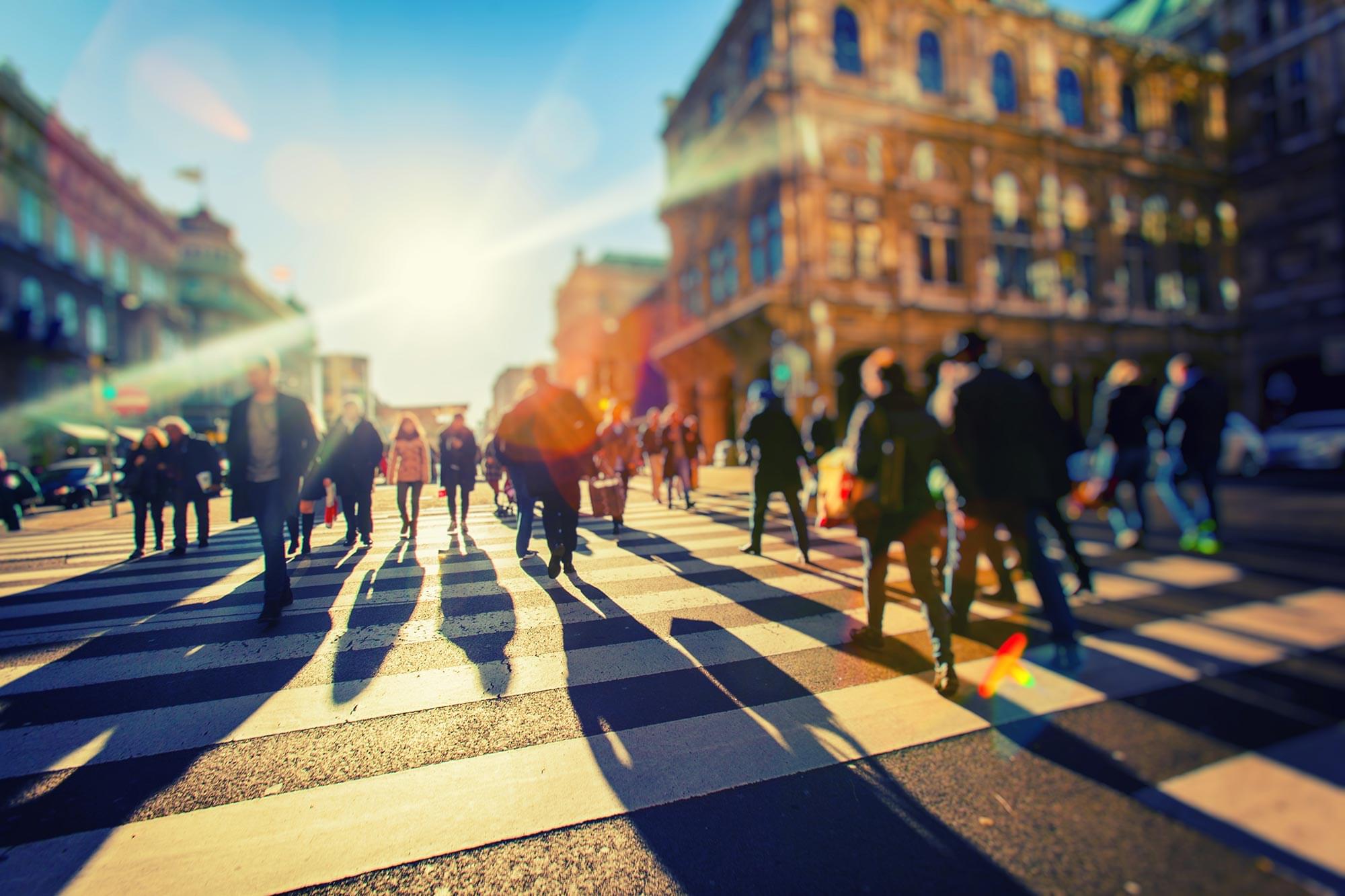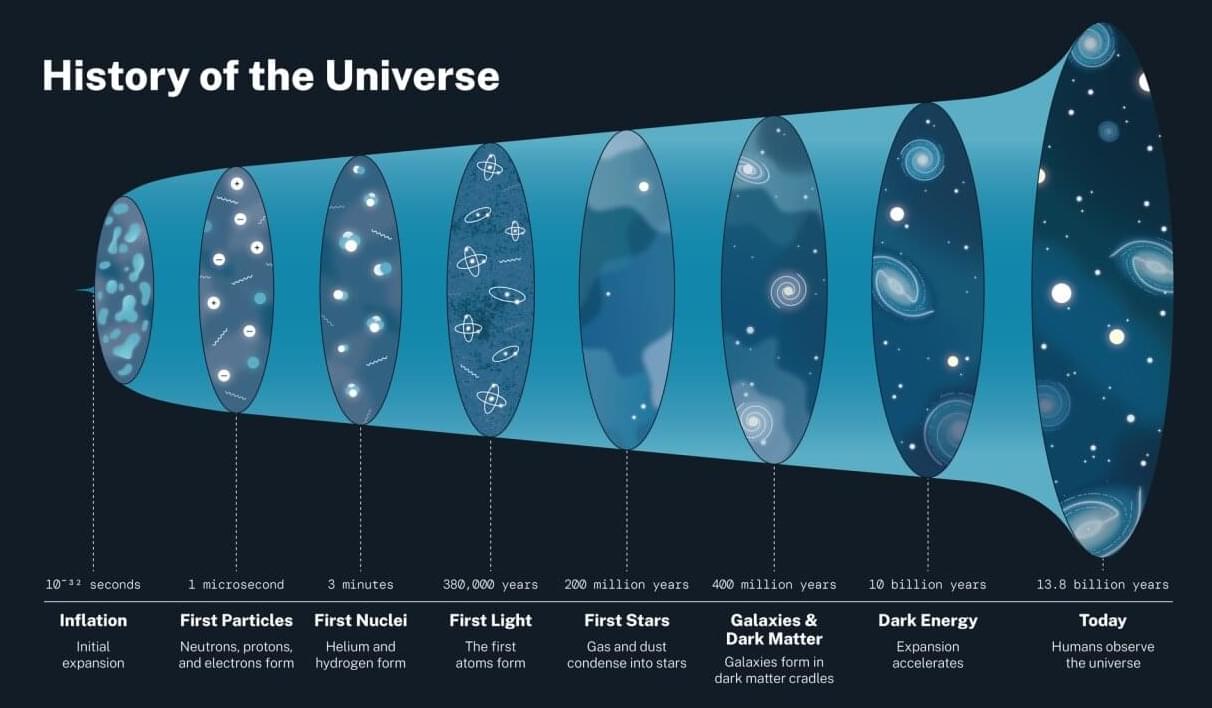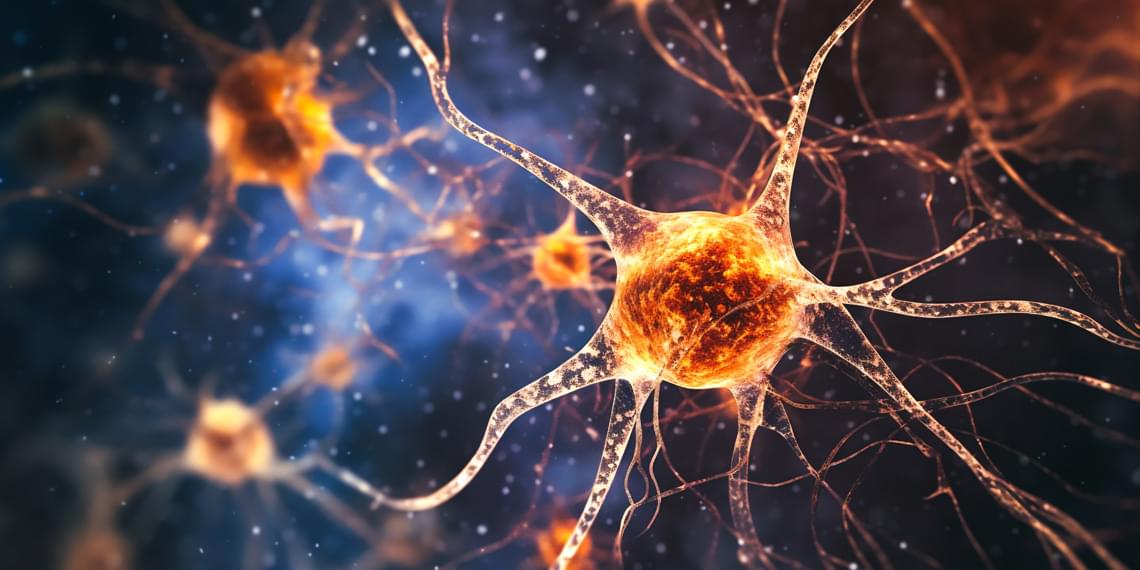Questions to inspire discussion.
Safety and Performance.
🛡️ Q: How does Tesla’s full self-driving system compare to human driving in terms of safety? A: According to Elon Musk, Tesla’s end-to-end neural networks trained on massive video datasets have been proven to be dramatically safer than average human driving.
⚡ Q: What recent hardware upgrade has improved Tesla’s full self-driving capabilities? A: Tesla’s AI4 hardware has been upgraded to 150–200 watts, enabling more complex neural networks and faster decision-making, achieving 36 frames per second processing.
Scalability and Efficiency.
📈 Q: Why is Tesla’s vision-only approach considered more scalable than competitors’ methods? A: Tesla’s vision-only approach is more scalable than competitors’ use of multiple sensors, sensor fusion, and high-definition maps, as stated by BU’s Robin Lee.







